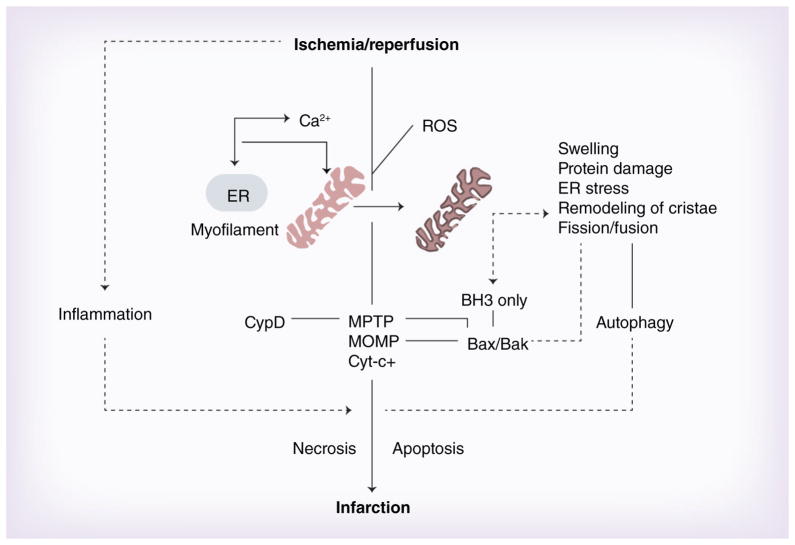Figure 6. Summary of events leading up to myocardial infarction.
Ischemia causes dysfunctional calcium handling such that calcium accumulates in the sarcoplasm and is taken up by mitochondria, followed by phosphate and water causing swelling. Reperfusion causes additional calcium and other ionic disturbances, and further uptake and swelling of mitochondria and ROS release that favors opening of the CypD/adenine nucleotide translocase-dependent MPTP. A series of parallel events including protein damage, ER stress, kinase activation, remodeling of the cristae and changes in mitochondrial fission and fusion may cause the release of sequestered BH3-only proteins, activation of pro-apoptotic Bak and Bax with increased MOMP, release of cytochrome c and other pro-apoptotic factors. Autophagy may be activated in parallel and excess autophagy may promote cell death by necrosis and/or apoptosis or an undefined pathway. Bax feedback may enhance remodeling of cristae and fission/fusion events and amplify death pathways. Changes of Bcl-2 proteins may regulate MOMP as well as MPTP, and primary cell damage can induce inflammation that activates extrinsic apoptosis. All of these evens may occur at different stages or simultaneously in the same dying cells and all contribute to infarction.
CypD: Cyclophilin D; ER: Endoplasmic reticulum; MOMP: Mitochondrial outer membrane permeability; MPTP: Mitochondrial permeability transition pore; ROS: Reactive oxygen species.

